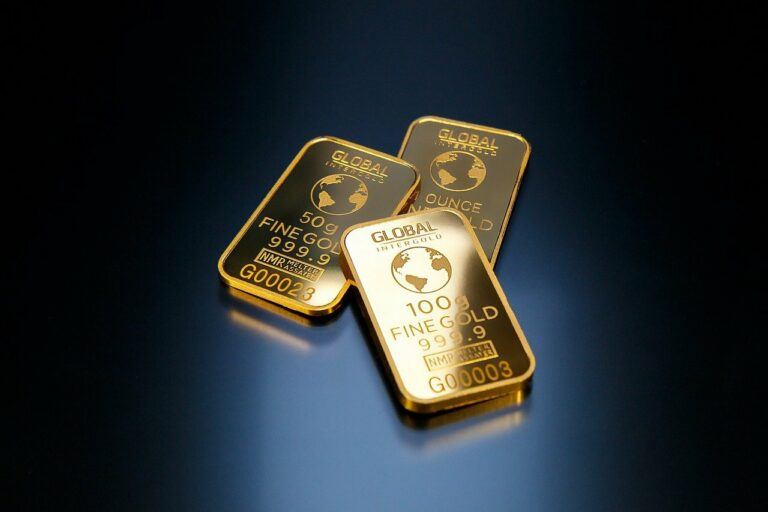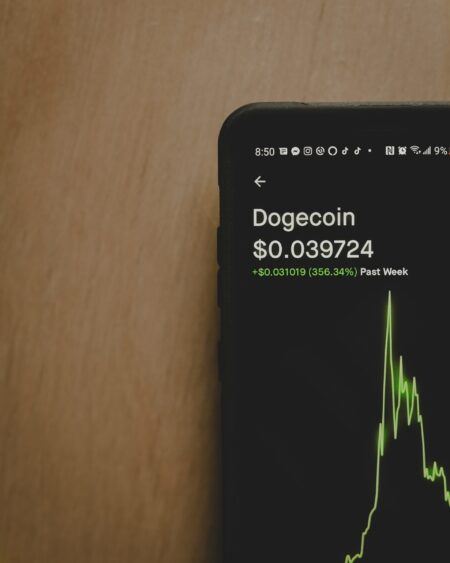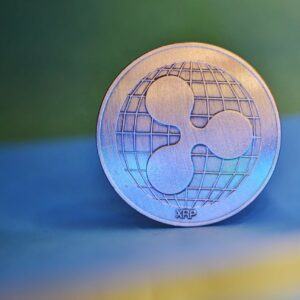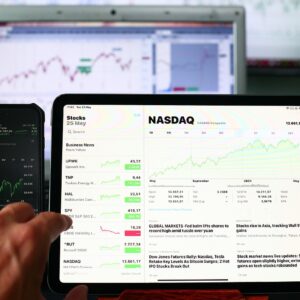When COVID-19 struck, Poles formed long lines outside gold shops, reports Vanessa Gera for the Associated Press (AP). The trend intensified with Russia’s invasion of Ukraine on 24 February 2022, creating another rush for gold, according to AP.
Piotr Kozik, manager at a Warsaw shop selling gold bars and coins from the Mint of Poland, recalls lines for gold surpassing those for Fat Thursday donuts, AP notes. Poles, shaken by the war and the influx of refugees, apparently have found gold to be a source of financial and psychological security.
The AP says that while the immediate rush has subsided, demand for gold remains steady as the war extends into its third year. The report adds that additional unease stems from a migration crisis at Poland’s Belarus border, viewed by Polish authorities as engineered by Russia and Belarus.
Radoslaw Paklikowski, a 38-year-old entrepreneur from Wroclaw, started buying gold and silver coins in 2021, now investing 5% of his assets in precious metals. He emphasizes the importance of having physical gold to ensure safety in times of crisis, AP adds.
The AP report goes on to say that gold’s appeal in Poland is deeply rooted in the trauma of World War II, where it played a crucial role in survival. Families recall stories of ancestors who used gold jewelry or coins to buy food or cross borders during German and Soviet occupations, according to AP.
Marta Bassani-Prusik, head of precious metals trade at the Mint of Poland, notes that clients include Poles with such family histories and people with Polish roots revisiting their heritage. She observes that the market for gold investment surged with the pandemic and the war.
According to a Kitco News article by Neils Christensen that was published on June 29, the gold market has achieved a remarkable feat despite being unable to surpass the $2,350 mark. Kitco reports that as the second quarter concludes, gold has set a new all-time record quarterly closing price for the third consecutive quarter. The precious metal is finishing the week at approximately $2,336 per ounce, Kitco notes, representing a more than 5% increase from the end of the first quarter.
Kitco’s analysis reveals an even more impressive annual performance, with gold prices soaring by a staggering 21% compared to the end of the second quarter of 2023. The news outlet points out that many commodity analysts remain highly optimistic about gold’s prospects, citing both solid fundamental macroeconomic support and a clear uptrend visible in the long-term chart.
While Kitco acknowledges the possibility of near-term price declines, they suggest it’s challenging to envision a significant shift in the current trend. However, the news source also notes that despite strong long-term fundamentals, the market currently lacks a catalyst to propel gold to new all-time highs.
Kitco reports that investors are still focusing on gold’s opportunity costs as the Federal Reserve maintains its aggressive monetary policy. Nevertheless, the news outlet observes emerging signs of change in the marketplace as investors seek safe-haven alternative assets.
Highlighting a recent survey, Kitko shares that State Street Global Advisors, in collaboration with the World Gold Council, conducted their annual Gold Perceptions Survey. According to Kitco, the survey, which polled 525 North American professional investors, revealed that 29% expect to increase their allocation to gold in the next 12 to 18 months.
Kitco’s article also emphasizes the increasing activity in the gold market this year, noting that nearly 85% of advisors surveyed reported having some allocation in the precious metal, up from 69% in 2018 and 76% in 2019.
Regarding potential catalysts for gold, Kitko cites Michael Widmer, a commodity analyst at Bank of America, who recently increased his gold price forecast. Kitco reports that Widmer envisions gold reaching $3,000 an ounce in the next 12 to 18 months. According to Kitko, Widmer suggests that investors are likely to enter the gold market once they receive clear signals from the Federal Reserve about a new easing cycle.
Featured Image via Pixabay









